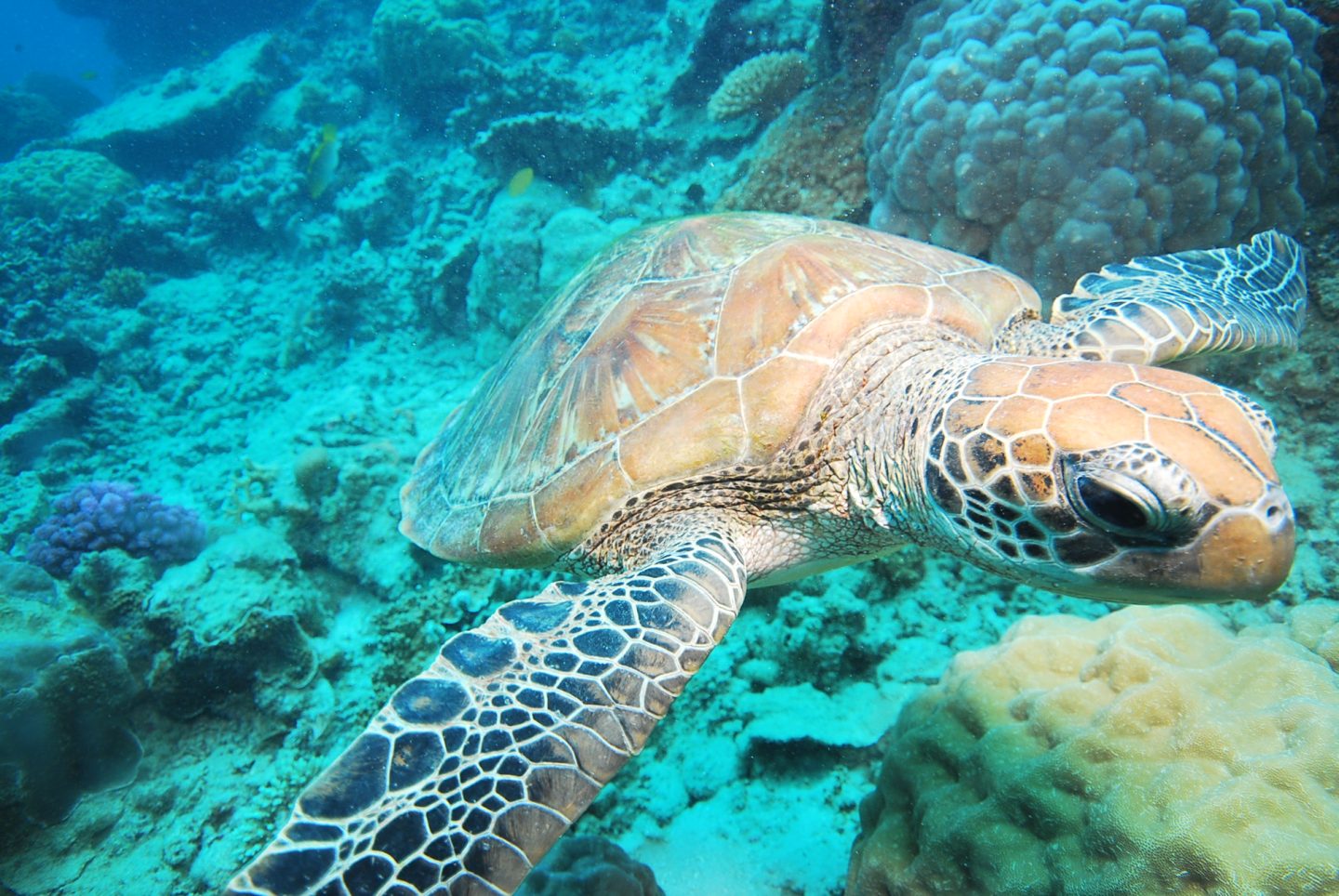Last year, a video showing an indigenous Australian policeman stoning a wombat to death was uploaded to social media. Senior Community Constable Waylon Johncock is filmed chasing a wombat, throwing stones at him or her, and laughing. The dissemination of the video, together with public outrage, led to promises from the police to investigate Johncock’s conduct; the Wombat Awareness Organisation also initiated a petition seeking justice for the wombat. The police investigations resulted in no action, as Johncock is an Aboriginal person and therefore entitled to engage in indigenous hunting practices.
Indigenous Australians may legally undertake traditional hunting practices in Australia. Sections 223(1) and (2) of the Native Title Act of 1993 (Cth) recognise traditional indigenous hunting rights, while Section 211 exempts native title holders from prohibitions on hunting and fishing activities contained in other laws. Further, in Yanner v. Eaton (1999), the High Court of Australia confirmed that traditional hunting and fishing activities are included within the native title rights protected by the Native Title Act of 1993 (Cth). A number of Australian states and territories also protect indigenous hunting rights via legislation. For example, in South Australia, under the National Parks and Wildlife Act of 1972 (SA), Aboriginal people are exempt from holding hunting permits to hunt animals that are later used as food—for the hunters or the hunters’ dependents—or for cultural purposes.
Indigenous hunting is commonly practiced in Australia. Indigenous hunters often target crocodiles, dugongs, turtles, mutton-birds, emus, fish, goannas and opossums. The number of animals killed in Australia as a result of indigenous hunting practices is difficult to ascertain. Researchers estimate that some 1,600 dugongs, 20,000 turtles and 200,000 mutton-birds are killed each year by traditional hunting methods.
Australian law protects the exercise of indigenous hunting rights, yet many indigenous hunting methods appear to fall short of modern animal welfare standards. The practice of stoning wombats, as described above, is one such method. Although Johncock has been subject to widespread criticism, the practice is defended by some indigenous representatives, who claim that traditional hunting methods form part of their culture. Other questionable hunting methods include placing turtles on their backs so that they cannot escape, then butchering them alive. Aboriginal people often hunt dugongs by chasing them in boats, harpooning them, allowing them to drag the boats until exhausted, and then holding their heads under the water until they drown. Traditional hunters also commonly tether dugong calves in order to attract and kill mature dugongs.
For these reasons, indigenous hunting has received much public criticism in Australia. In 2017, a photo of a pile of decapitated goannas was posted on social media, which led to accusations of cruelty and condemnation. In 2016, allegations of indigenous peoples’ cruelty to dugongs and turtles led to proposals for increased federal regulation of indigenous hunting practices. Earlier, in 2012, Australia’s ABC Television aired footage of indigenous hunters butchering sea turtles and dugongs alive. Queensland in 2012 changed its laws to remove an exemption for indigenous hunting from animal welfare legislation.
As cruel as indigenous hunting practices may be, non-indigenous farming practices are equally inhumane. Non-indigenous Australians rarely engage in hunting for subsistence purposes, yet their purchases of most animal products support the methods used in industrial farming. Many industrial farming practices are clearly cruel, and for that reason, the treatment of farmed animals is commonly excluded from animal welfare legislation. (Lawmakers prize the economic health of the animal agriculture industry over the actual health of its unwilling participants.) Cows are often branded using a hot iron that is pressed into contact with the cows’ skin. Lambs may be subject to tail docking, castration, and mulesing. Pigs may be confined in sow stalls that are so small as to prevent the sows from turning around for most of their adult lives. These common industrial farming practices are at least as cruel as traditional hunting methods, and also within the bounds of the law.
Humans need to rethink the ways in which we use animals for food. The methods of hunting and raising animals for food described herein may make us feel uncomfortable, as such methods clearly cause significant pain and suffering for animals. Scientific research conclusively demonstrates that humans do not require animals and animal products to be healthy; feeding the world entirely with plant protein is also much more efficient. Science also indicates that animals, at least all vertebrate animals, are sentient. We as ethical beings need to cease hunting and raising animals for food using antiquated and inhumane methods.

